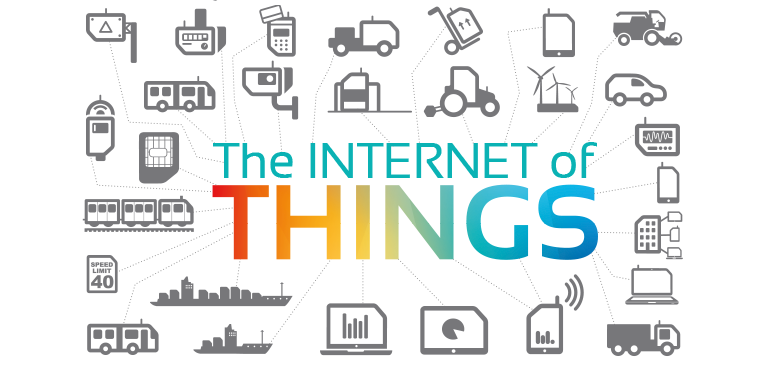

Caution: The world is straying down the basics of IoT development, but you shouldn’t.
While the world has been humming with the mesmerizing phenomenon of IoT, the overcooked concept does come with a hidden, ignored risk for you. The analysts and the tech leaders have thrown alarming signals redirecting the industry on how they go about breeding IoT within their boardrooms and cubicles. In eGlobal’s pro-actively informative blog, this article gives you a how-to-go-about guide while you indulge in IoT product development.
The Most Crucial Pre Requisite
The potential of the data provided by IoT needs to be believed in and further made apparent at product development. There have been numerous examples (right here, within our industry) where IoT has been used to eliminate the guesswork about the precise needs and the customizations required by the targeted catchment. They have been improved and inculcated in the product development which has taken the businesses to an altogether next level.
Since we have laid the due emphasis on the requirement of data, it’s time to get going with the further tips to act with. We are sure that this has the potential of lifting all sorts of large and small businesses by helping them design, develop and launch their IoT products on the scale that suits their business scenario.
Here are a few tips and pieces of advice that eGlobal finds worth sharing after its journey in IoT development over the years:
Build the prototype faster; cost can be managed later
Cost is the major player in almost every project in any kind of industry, IoT in the computer world is no different. It has been observed and suffered by many active industrialists in the IT sector that the whole project is tipping over the vital cost management part which will directly influence the savings and thus the profits procured.
The industry has always been hurdling the barrier of optimising the hardware and connectivity, it has been time-consuming and difficult all this while. More often than not, the development teams are directed by the company officials to take part in product formulation, still, it hasn’t turned the wonders to face for the mainstream.
eGlobal suggests you follow the approach to building a ‘minimal costing’ prototype that enables one to skillfully manage the business case. One done, the teams can probably divide themselves for further work allocating the cost management for a few. This has been noted to help most of the industry, including eGlobal.
You should be mentally prepared and ready to work as per the feedback you get while the product is reviewed first by the sales teams and later by the customers.
These reviews are the signboards for the product to reach its fate of a better, meaner and more reliable product. You can expect the feedbacks to be tricky and single-minded but summing them up as a whole can do a whole new world of good for the product. And once you are through, one has to be intelligent enough to be able to look for an assessment of the product as for how nearer you could steer it to perfection rather than thinking of the gaps it couldn’t fill.
One at a time
It is extremely important to clear the notion of IoT being the one man army for all your problems. Although it truly is can definitely be one, but deploying it solve a pinpointed piece of a problem will let it do a better bag of wonders. For a bare minimum, your IoT application should be to manage the intake of data, further transformation and storage management.
It well might be a case where you can easily find the off-the-shelf application for the requirement you have been building a one for your own. In such a scenario, you need to be patient as the further usage and user reviews will pave ways for you to update and upgrade your present application which is only possible with a customised one.
There will be a genuine requirement for the development of the original software to build the functionalities you are looking for. There might even be a slight possibility that the time spent deciding the perfect platform goes in vain. The developers you deploy will definitely have inclinations and preferences of their own. You can always keep a good design criterion as a trade-off over extensibility and scalability.
Don’t panic. Manufacturing can be expensive and time-consuming
While you delve deeper into the operations revolving around product development, you will reach a point where your mind registers designing, manufacturability, and testing as distinct disciplines of their own. It is advised to make sure that the lack of industrial design doesn’t make the overall product lackluster.
The design, aesthetics or UI (in some cases) shouldn’t delay the extensive prototyping, you shouldn’t waste time with it until you have a design readily served on a platter.
The in-house team might not be enough
While it is important to trust and believe the abilities of your team development team, you shouldn’t refrain from comparing their skill and the background knowledge for the same. It has to be realized that the horizon of IoT is too wide to be mastered the same along the length.
You should be all equipped and vigilant enough to ensure that the solution system your team is building is the best way to solve that particular problem or serve a client requirement. And also, please be legitimate while appraisals and reviews at work to understand that a flaw in the marketing approach remains differentiated from the one at development.

Dec 19, 2025

Dec 18, 2025

Dec 17, 2025

© 2017 All rights reserved.